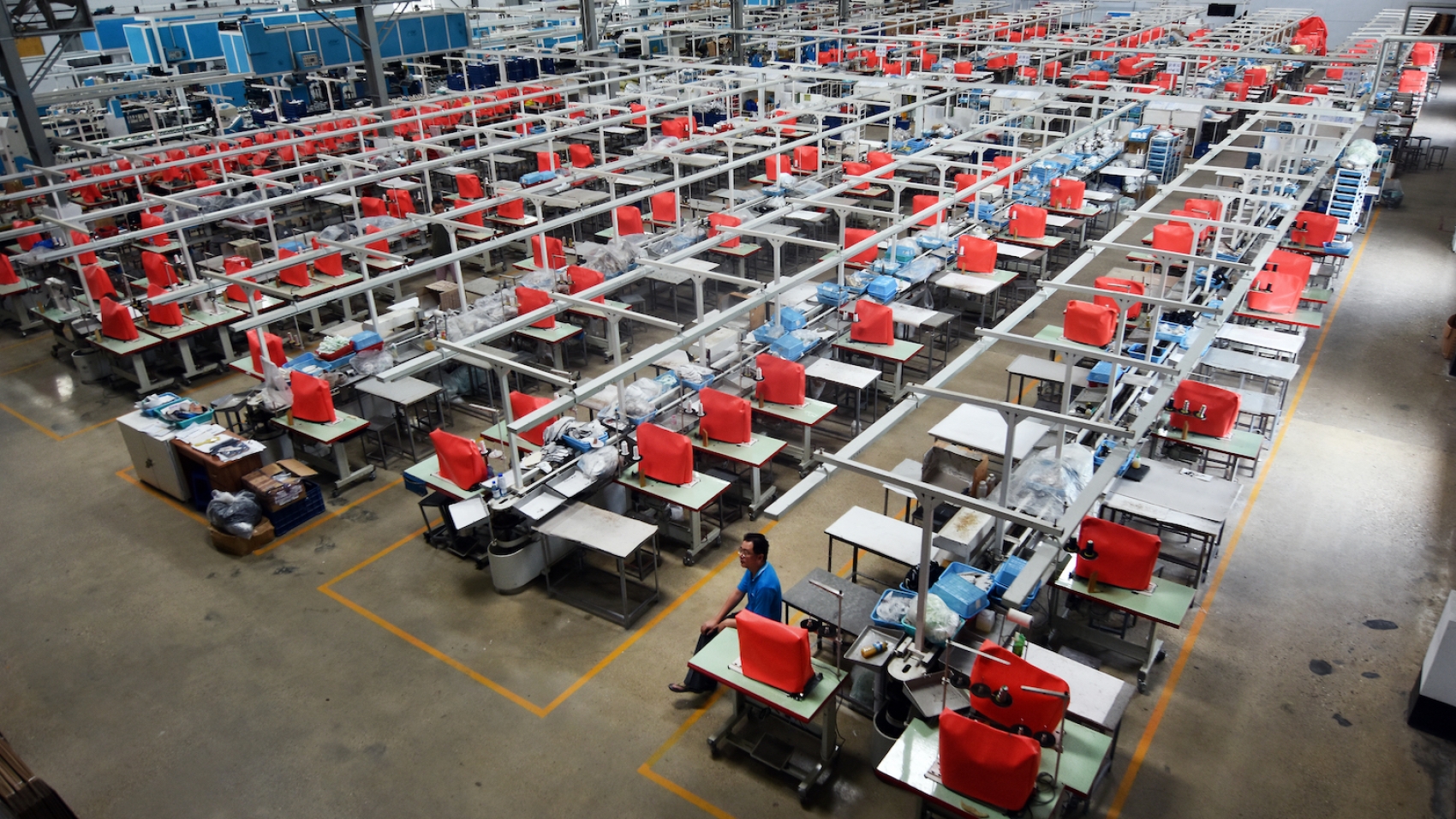Exports of finished industrial goods drastically fell to US$2.9 billion between 1 October and 19 February in the current financial year 2020-2021, a severe drop of $977 million compared with the corresponding period of the previous FY, according to the Ministry of Commerce. As per figures provided by the ministry, the exports of finished industrial goods totalled $3.88 billion during the same period in the 2019-2020FY. Myanmar’s manufacturing sector is largely concentrated in garment and textiles produced on the Cutting, Making, and Packing basis, and it contributes to the country’s GDP to a certain extent. Myanmar’s garment export dropped by over 25 per cent as of the first quarter of the current FY compared with a year-ago period on the back of a slump in demand by the European Union market, the Ministry of Commerce stated.
Myanmar’s garment industry has been facing challenges such as raw material supply disruption and cancellation of orders amid the pandemic. Additionally, the current political conditions would drag down the sector, a market observer shared his opinion. At present, over 100 CMP garment factories temporarily shut down the reason for the lack of raw materials and a slump in demand due to the coronavirus negative impacts, leaving thousands of workers unemployed. Sixty-four factories have been permanently closed down during the pandemic, compensating about 25,000 workers. The data does not include those factories that have not resolved worker payments, the Ministry of Labour, Immigration and Population stated.
The labour-intensive enterprises are badly battered by the coronavirus impacts, the Directorate of Investment and Company Administration stated.
Under the EU Myan Ku Fund, we have now distributed K5.2 billion in support across 67,810 payments to unemployed garment factory workers as of 12 October 2020. Workers in all the states and regions of Myanmar have received this financial assistance. Next, foreign direct investments flow into many types of businesses including garment enterprises, the Myanmar Investment Commission stated. Of the investment proposals, the manufacturing and labour-intensive businesses are prioritized by the commission. Myanmar mainly exports CMP garments to markets in Japan and Europe, along with the Republic of Korea, China, and the US.
Myanmar’s garment factories operate under the CMP system, and those engaged in this industry are striving to transform CMP into the free-on-board (FoB) system. As the factories cannot enter into a contract for FoB, Own Design Manufacturing (ODM) and Own Business Manufacturing (OBM), the income is limited, according to the MGMA. Exports of garments manufactured under the cut-make-pack (CMP) system were valued at US$4.798 billion in the last financial year2019-2020, according to data from the Ministry of Commerce. Although the sector is struggling owing to the cancellation of the order from the European countries and suspension of the trade by western countries amid the pandemic, export values rose in the previous FY (1 Oct 2019-30 Sep 2020).
The export value of CMP garments was only $850 million in the 2015-2016 FY, but it has tripled over the past two FYs. In the 2016-2017FY, about $2 billion was earned from exports of CMP garments. The figure increased to an estimated $2.5 billion in the 2017-2018FY and $2.2 billion in the 2018 mini-budget period (from April to September). It tremendously grew to $4.6 billion in the 2018-2019FY, according to the Commerce Ministry. Since an outbreak like COVID-19 might happen in the future it is necessary to prepare for a sufficient supply of raw materials. The public and private sectors will cooperate in setting up the supply chain on our own sources, including weaving, knitting, dyeing, and sewing factories. The MGMA has more than 500 members, and garment factories in Myanmar, employing more than 400,000 workers. Investors prefer to invest in countries with inexpensive labour, such as Myanmar.
Source: The Global New Light of Myanmar

